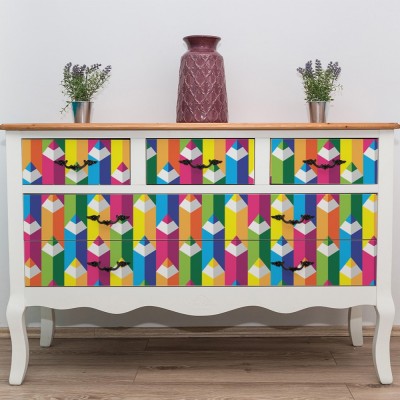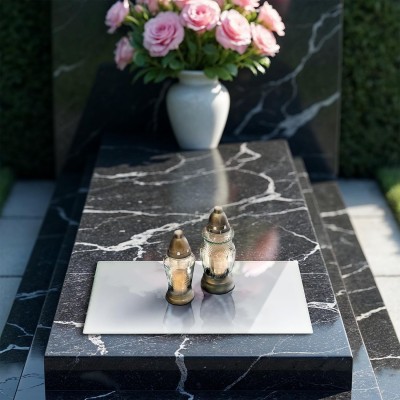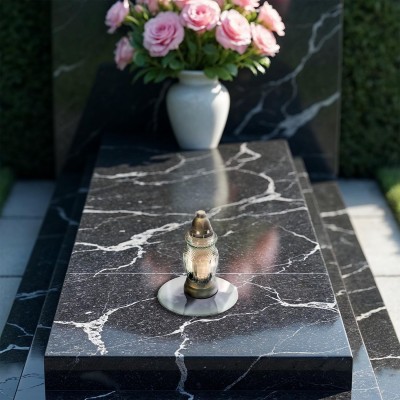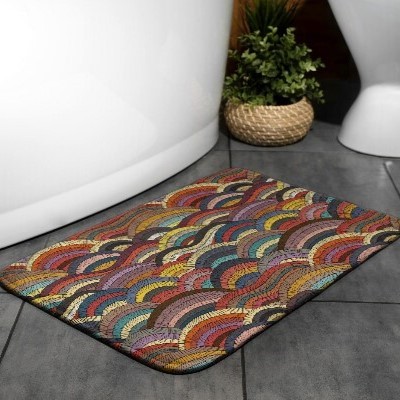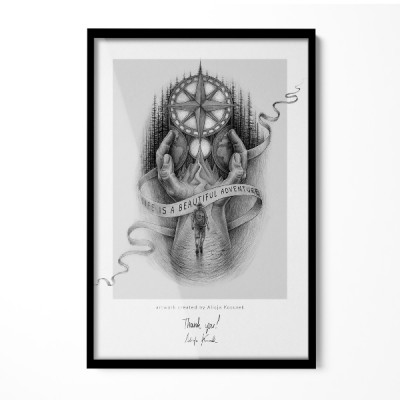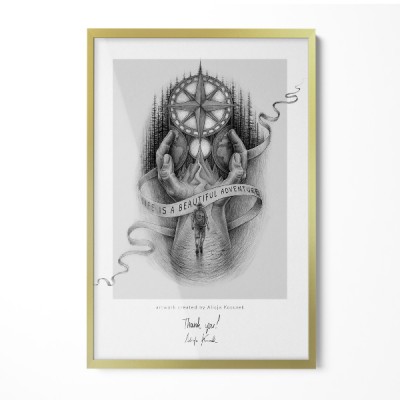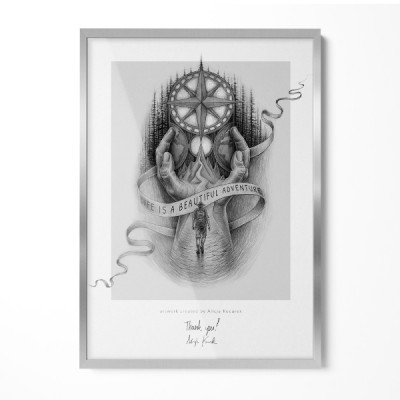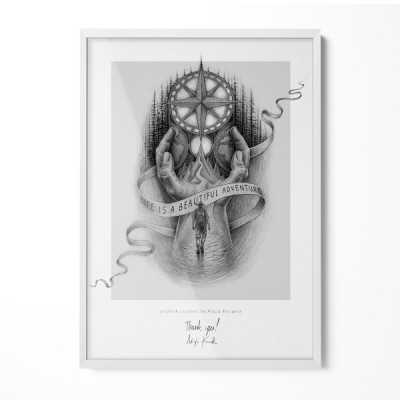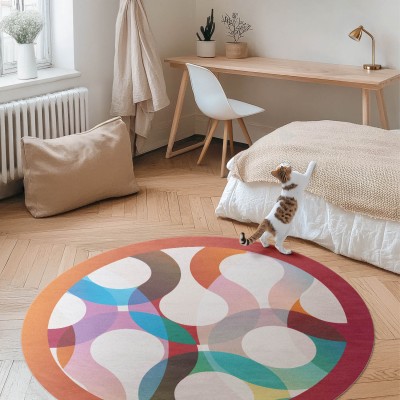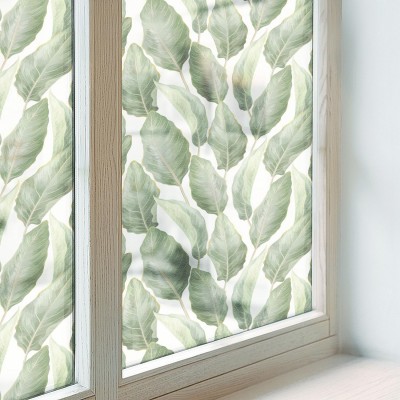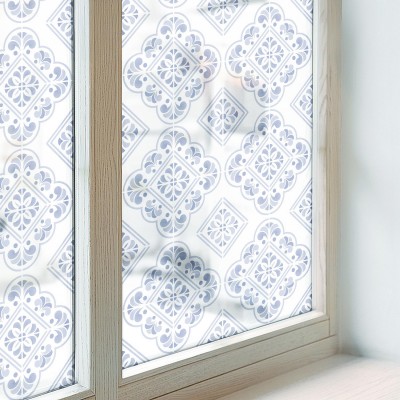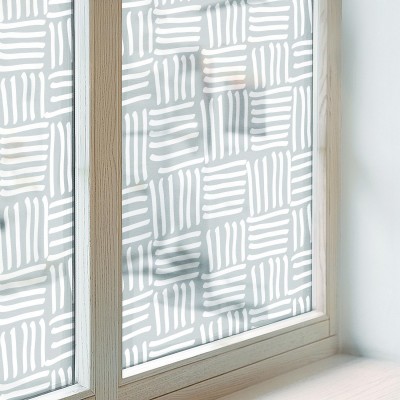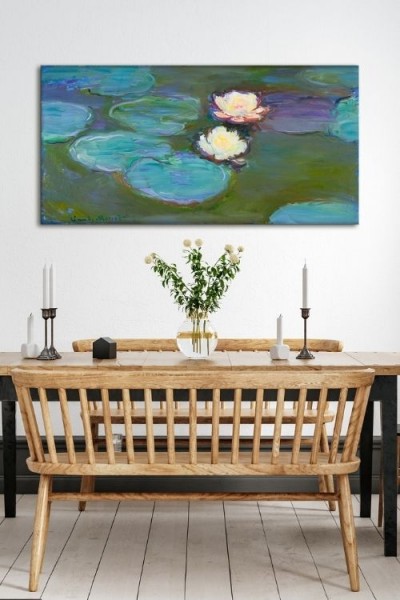Impressionism is a painting style that originated in France at the end of the 19th century. It was an art movement that rejected the conventional ideas of perspective and composition, leading to more naturalistic images. Impressionism has become one of the most important events in Western art since the Renaissance. One of the leading Impressionists was Claude Monet. It was his painting “Impression, Sunrise" that inspired the creation of a name for this direction in art.
Claude Monet - the life and work of a French painter
Oscar Claude Monet was born on November 14, 1840 in Paris. Monet's father, Adolphe, worked in a shipping company, and his mother, Louise, looked after the family. At the age of 5, the whole family moved to Le Havre (a port city in Normandy). From an early age, Monet developed his love for art and drawing. And although at the beginning he focused more on creating caricatures and portraits, after befriending Eugene Boudin (landscape artist), Monet became fascinated with the world of nature. It was thanks to Boudini that painting in the open air became the basis of Monet's work.
The desire to develop his passion for painting prompted Monet to move. In 1959 he went to Paris to continue working on his art. There he was a student of Academie Suisse and later also studied with Charles Gleyre. During his stay in Paris, he made many friends with outstanding artists. He willingly painted in the company of Renoir, Sisley and Frederic Bazille.
At home, he spent time with Camille Doncieux, whom he married in 1870. He had two sons, Jean and Michael. The couple experienced many difficulties, mainly due to financial problems - in the earlier years, impressionist art was not very popular. At one point, Monet was so depressed by the whole situation that he tried to commit suicide. The light in the tunnel turned out to be the patronage of Louis-Joachim Guadibert, and then - after moving to England - the help of Paul Durand-Ruel, who became the first Monet art dealer.
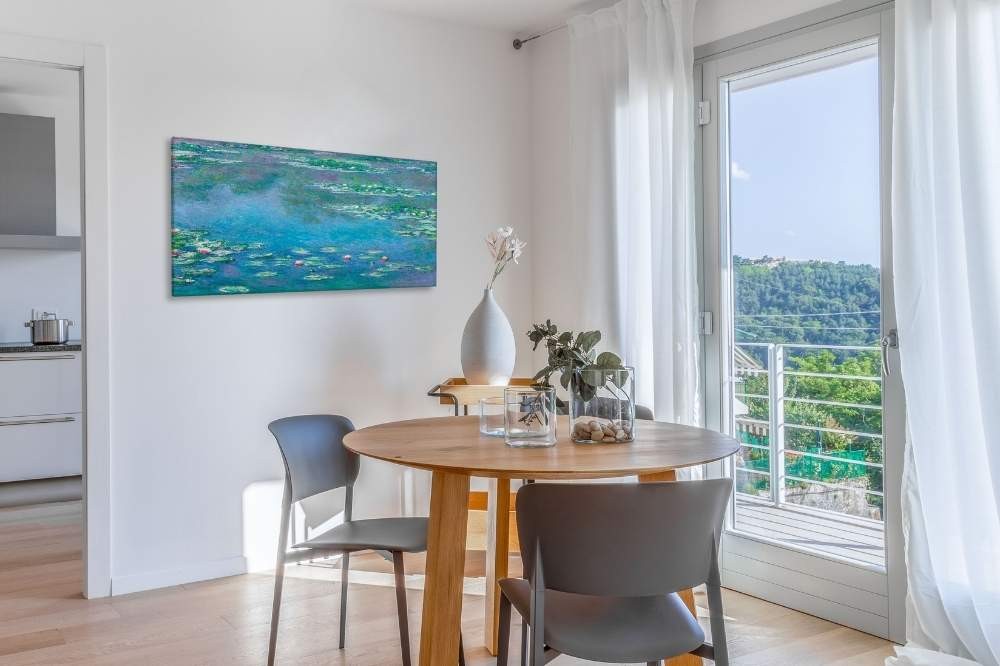
After a few years, Monet returned to France to settle in the city west of Paris - Argenteuila. After his wife's death, he became involved with Alice Hoschede - the wife of Ernest Hoschede. After his death, the couple married in 1892. Eventually they moved to Giverny, which turned out to be the artist's last home. There he also created a number of famous works presenting its beautiful gardens and water lilies.
Monet has devoted his last years to his family and work on a project for the Orangerie des Tuileries museum. Despite his old age and progressive cataract of the eye, he created works that can be admired in this place to this day. Monet died on December 5, 1926 at his home in Giverny.
Claude Monet paintings everyone loves
Claude Monet used light fantastically in his paintings. He was fascinated by its shades at different times of the day, although he definitely preferred to use lighter colors in his works. He tried to capture the world around him with bold colors and short brush strokes. He worked mainly outdoors, painting country meadows, gardens and lakes. He also loved observing people, writing down their everyday life on his canvas.

One of Monet's most famous works is "Impression, Sunrise" (1873), which depicts the port of Le Havre in the morning fog. Critics used it to label the new group of artists "Impressionists", thus insultingly saying that the movement's work resembled sketches rather than paintings. However, the term perfectly reflected the technique of creating the works, which is why it became a permanent fixture. Monet's work "Impression, Sunrise" can be seen at the magnificent Musée Marmottan Monet in Paris.
The painting La Grenouillère was created in 1869. It wonderfully shows the beauty of a resort situated on the Seine, which consisted of a spa, a sailing establishment and a floating cafe. While painting, Monet focused his attention on the surface of water, leaves and people. His painting became an impressionist snapshot of nineteenth-century middle-class excursions. La Grenouillère can be admired at the Metropolitan Museum of Art in New York.

Monet spent most of his time creating landscapes, but he also painted people from time to time. Most often they were his relatives. One of Monet's most famous portrait works is "The Woman with an Umbrella'' (1875), in which he immortalized his wife Camille and 8-year-old son Jean. However, it was not a typical family portrait. Monet tuned from pictures in typical portrait poses, he preferred to capture people during their daily duties or pleasures. Therefore, in his painting, he portrayed his family on a walk.
Claude Monet's most impressive works are undoubtedly his paintings of water lilies. In his output, Monet has almost 250 different canvases that represent these beautiful flowers. He was most inspired by lilies from a pond in his garden in Giverny. You could say that Monet was obsessed with them - he spent his last 30 years just painting them. Each of his works is unique - he painted lilies from different perspectives, with different light, changing weather conditions and different seasons of the year. His greatest works are the Water Lilies panels, which can be found in the Musee L'Orangerie in Paris - some of his works are up to 6 meters long!

Canvas reproductions of Claude Monet's paintings
French painter Claude Monet was very talented since childhood, but then there was no indication that he would become a part of the artistic environment that would permanently change world painting. Monet's paintings are hosted in art galleries around the world, and thanks to the latest technology, you can also have them in your home. Claude Monet prints are one of the most visited categories in our store. Canvas prints are high-quality copies of Monet's paintings that can become part of your home art gallery.





















